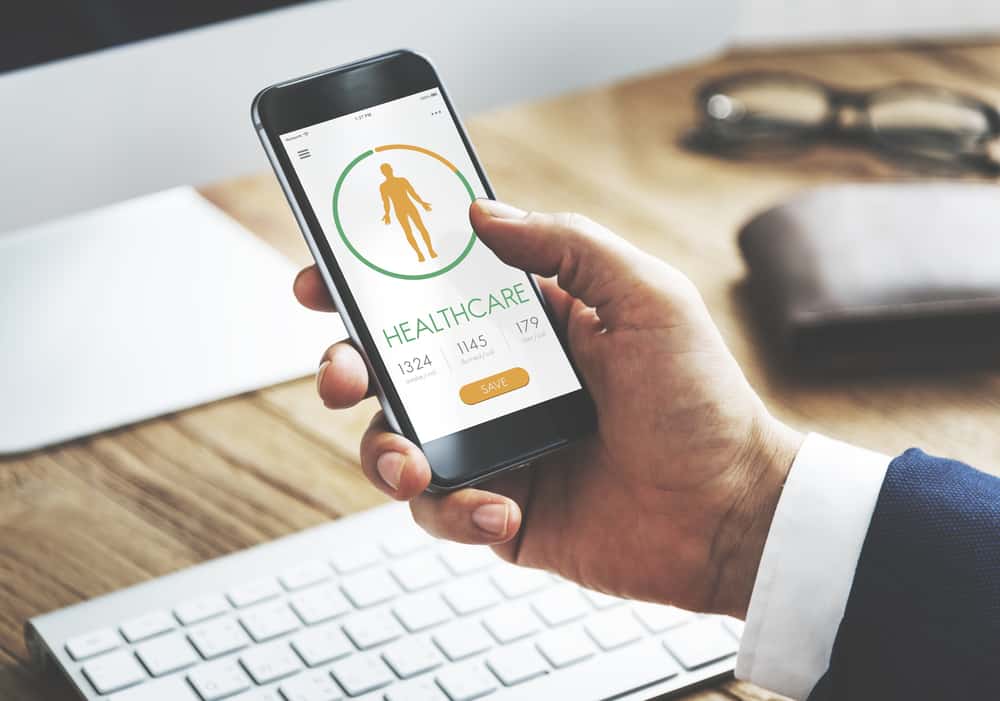The number of health apps and the wearables and sensors connected with them continue to proliferate. Each day more than 200 health apps are introduced and the number of healthcare and health and wellness apps has grown to 318,000—more than double from just two years ago.
That’s one of the chief takeaways on the mobile health app market in a new research study from The IQVIA Institute for Human Data Science. The other chief takeaway is effectiveness. Despite the proliferation of lots of health apps, the use of apps in conjunction with wearable devices is beginning to make a difference in cutting healthcare costs and improving health and wellness.
The use of digital health apps and wearables for preventative healthcare, such as for diabetes prevention, diabetes care and asthma, cardiac rehabilitation and pulmonary rehabilitation, could save the U.S. healthcare system an estimated $7 billion per year, the study says. The savings comes from fewer hospital admissions and readmissions because patients are using apps and wearables and digital health or wellness programs to take better care of themselves before a disease becomes more advanced.
“If this level of savings could be achieved across all disease areas, annual cost savings of $46 billion could be achieved,” says the IQVIA Institute for Human Data Science executive director Murray Aitken.
The majority of healthcare apps are for various health and wellness programs and tracking personal wellness metrics such as daily steps, hours slept, pulse rate and others. Most health and wellness apps have only a limited number of downloads—about 5,000, the institute says. But the ones consumers and patients do like they stick with. For about 41 apps tied to popular fitness trackers such as Fitbit, the numbers are much higher with an average of about 243,000 downloads.
“The importance of digital health to healthcare is defined by such apps that are the best in each use category, and the value they deliver, while the plethora of lesser apps have little impact,” Aitken says. “These leading apps may have high patient ratings, frequent updates, connectivity to sensors, and inclusion in healthcare institutions’ app formularies, endorsements and promising clinical evidence.”
Another area where apps are making a difference in healthcare is in disease prevention. Over 860 clinical trials worldwide now incorporate digital health apps and wearables or sensors, including 540 in the U.S., with two thirds of these focused on apps and text message interventions to smartphones. The majority (82%) of these trials are sponsored by universities, hospitals, health systems and other patient care institutions, the institute says.
“Investments by healthcare and provider organizations continue to grow, with an estimated 20% of large health networks shifting from pilot programs to more full-scale rollouts,” Aitken says. “Within the next five years, this progression is likely to be true for most healthcare companies and, within 10 years, the use of digital health is likely to be mainstream for most organizations delivering human health.”
Other report findings include:
- Over 55% of the most downloaded health apps now use sensor data, with significant adoption of consumer wearables like Fitbit and Jawbone for wellness management being a key driver.
- General wellness apps still account for the majority of health apps, but the number of apps focused on health condition management or patient care are increasing faster and now account for 40% of all apps.
- Of the top downloaded Android health apps, over 55% make use of data collected from sensors including activity- and sleep-monitoring wearables. The study did not have a similar number for Apple health apps.
- Although 73% of the more than 318,000 health apps are available in English, mobile health apps are increasingly moving beyond English and are available across the globe in multiple languages.
- The use of digital tools at healthcare facilities are likely to move beyond the pilot phase within five years, be mainstream for most organizations managing patients with specific conditions in 10 years and help treat well and sick patients alike in 15 years.
Keep up with latest coverage on digital healthcare by signing up for Internet Health Management News today.
Favorite